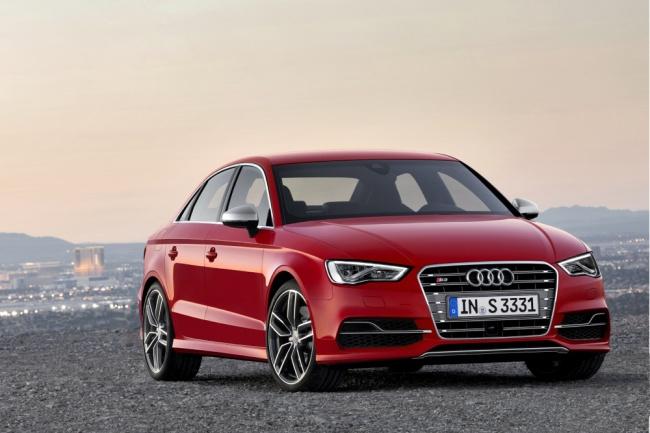
Since it created the rally-dominating Coupe quattro over 30 years ago, Audi has been the master of all-wheel drive. However, technology doesn’t stand still.
A patent filing dug up by Autocar shows a new version of Audi’s signature quattro all-wheel drive system that’s greener than before.
The filing shows an all-wheel drive system with an electrically-driven rear axle. This idea has cropped up on concept and production cars at least as far back as the 2002 Nissan Cube (which was only sold in Japan) and its e4WD drivetrain.
However, Audi hopes to improve on the concept by adding software that uses wheel sensors to monitor the rear wheels’ traction.
This is seen as an important feature for hybrids or electric cars that use regenerative braking, because the abrupt application of retardation can cause wheels to lose traction more easily.
Since regenerative braking is used to replenish a car’s battery with recovered heat energy, it’s often set up rather aggressively to recover the maximum amount of energy. Many cars will begin regenerative braking as soon as the driver lifts his or her foot off the accelerator.
Audi’s system would reportedly vary brake regeneration force according to road conditions, allowing the car to adjust wheel speed as needed to maintain grip.
The electric all-wheel drive system could be applied to a future Audi hybrid, or maybe even the rumored Q8 e-tron electric SUV.
At the same time, Audi also filed for a patent on hinged flaps that could deploy and fully enclose a wheel, improving aerodynamics.
If both technologies make it to production, Audi could become known as a master of green cars as well as all-weather ones.


